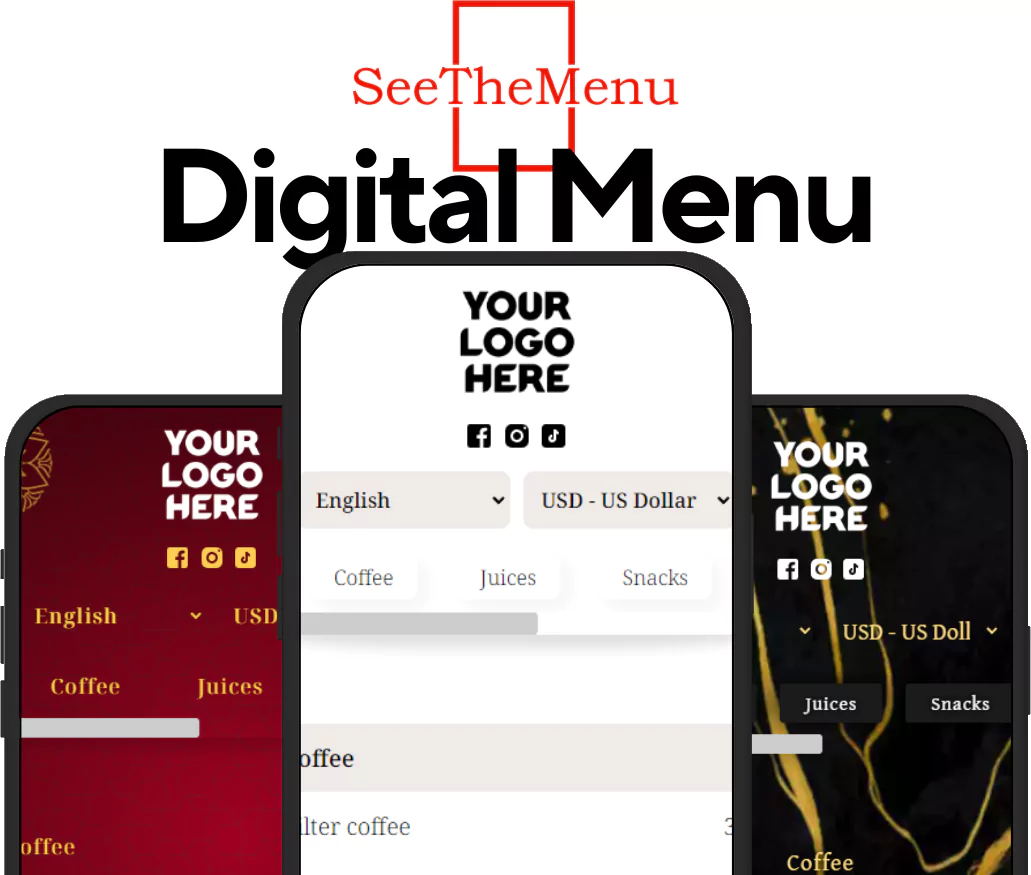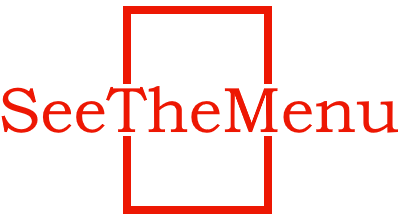The Impact of Real-Time Currency Conversion on International Dining
Date:07/07/2024

In today’s globalized world, international tourists and expatriates make up a significant portion of the clientele in many urban restaurants. To cater to this diverse audience, restaurants are increasingly turning to technology solutions like real-time currency conversion features in digital menus. This blog post analyzes how incorporating real-time currency conversion can enhance the dining experience for international guests and create competitive advantages for restaurants.
Understanding Real-Time Currency Conversion: Real-time currency conversion is a feature in digital menus that automatically updates currency values based on the current exchange rates. This allows customers to see menu prices in their own currency, making it easier for them to understand pricing without manually converting costs.
Attracting a Global Clientele:
- Enhanced Customer Experience: For international diners, figuring out costs in a foreign currency can be challenging and may detract from the dining experience. Real-time currency conversion simplifies this process, allowing guests to immediately understand what they are paying, which enhances their overall experience and satisfaction.
- Building Trust: Displaying prices in a customer’s home currency can build trust. Diners are more likely to feel comfortable spending money when they fully understand what they are being charged, without fearing hidden fees or miscalculations due to currency conversion errors.
- Streamlined Transactions: For restaurants, handling multiple currencies can complicate transactions. With digital menus that convert currencies in real time, the payment process is streamlined, reducing the workload on staff and minimizing errors at checkout.
Marketing Benefits:
- Targeted Marketing Strategies: Restaurants can use the currency conversion feature as a marketing tool, promoting it specifically to attract tourists and expatriates. This can be highlighted on the restaurant’s website, in travel guides, and on social media platforms.
- Increased Visibility: Tourists often research dining options online before visiting a new city. A restaurant that advertises its ability to cater to international diners with features like real-time currency conversion is more likely to attract attention and draw in a global audience.
Customer Insights and Analytics: Digital menus with currency conversion capabilities can also provide valuable insights into the preferences of international customers. Restaurants can track which currencies are most often selected and use this data to tailor their services further, perhaps by offering specialized promotions or customizing menu items to appeal to specific nationalities.
Challenges and Considerations: While the benefits are substantial, restaurants must ensure that their currency conversion features are accurate and reliable. Incorrect conversions can lead to pricing discrepancies and damage the restaurant’s reputation. Regular updates and checks are necessary to maintain accuracy.
Conclusion: The integration of real-time currency conversion in digital menus represents a significant opportunity for restaurants to cater more effectively to international diners. By removing barriers related to currency exchange, restaurants can not only improve the dining experience for these customers but also enhance their own operational efficiencies and marketing reach.
